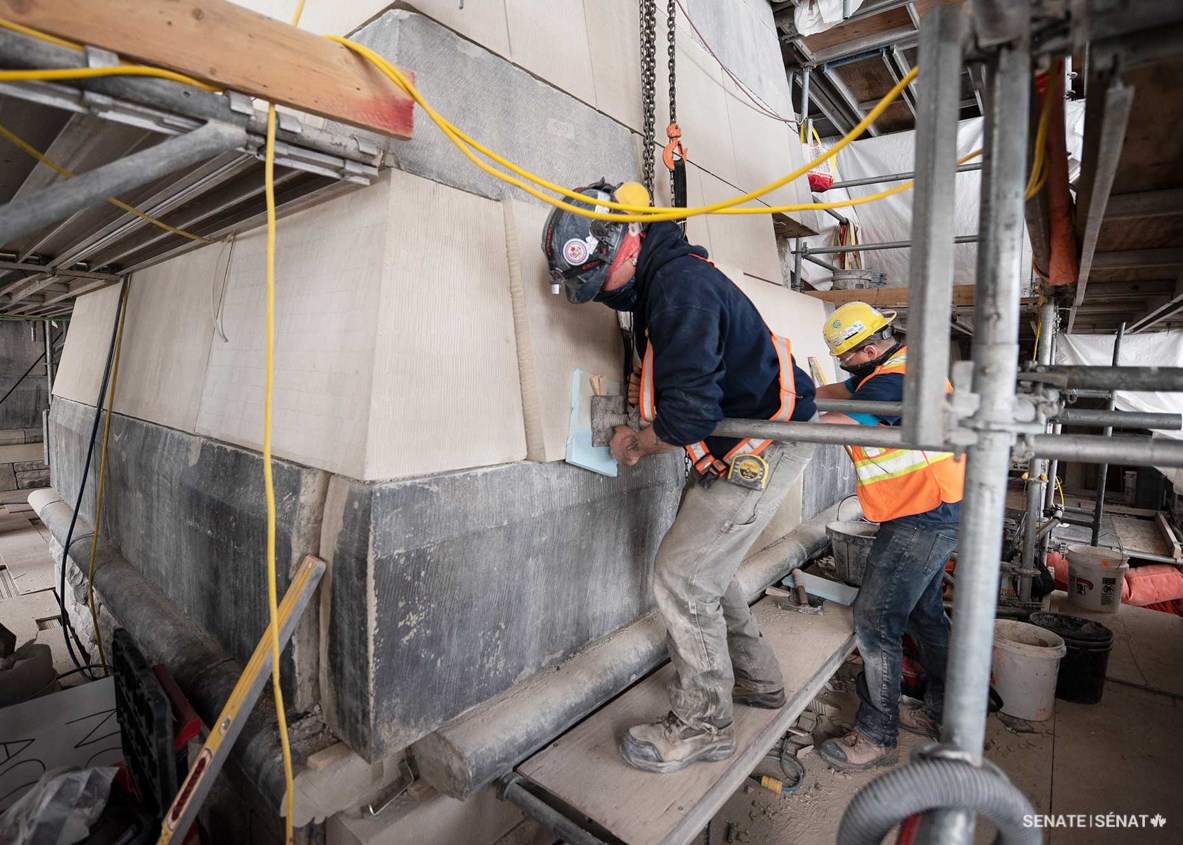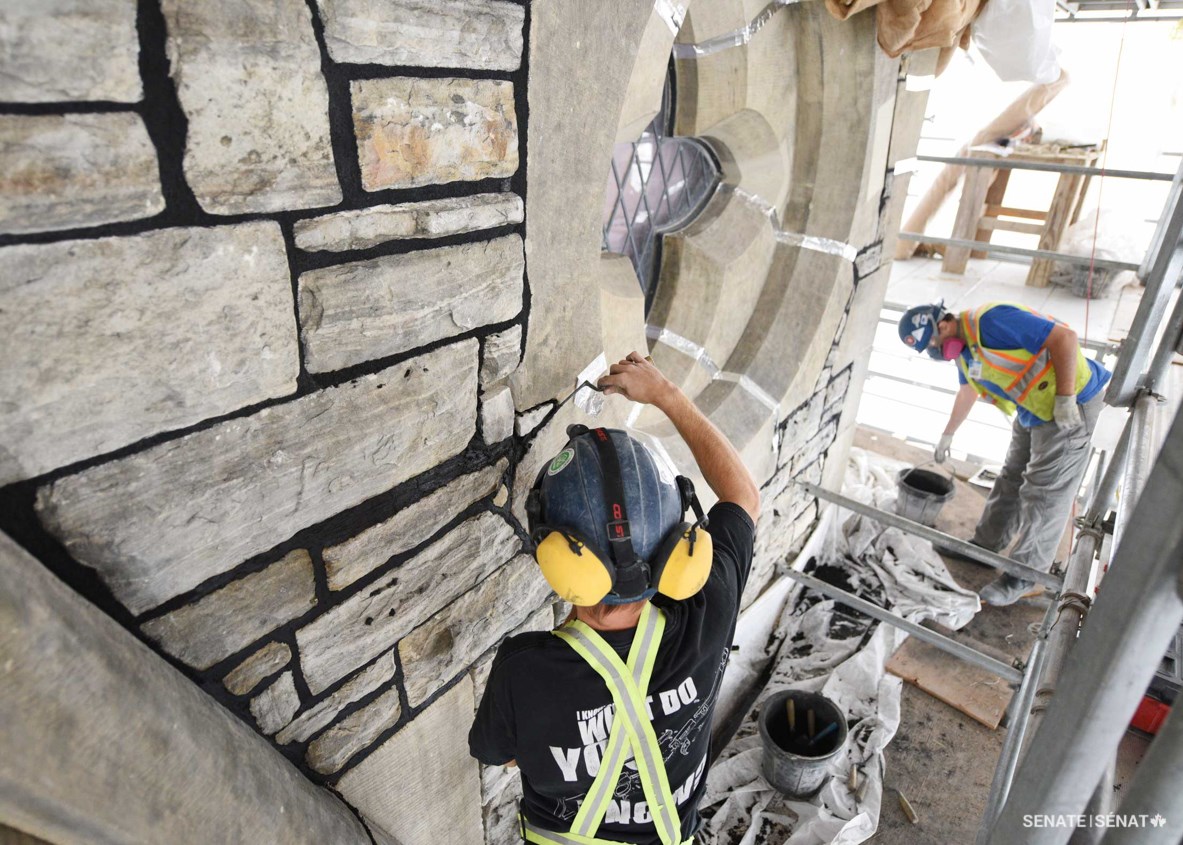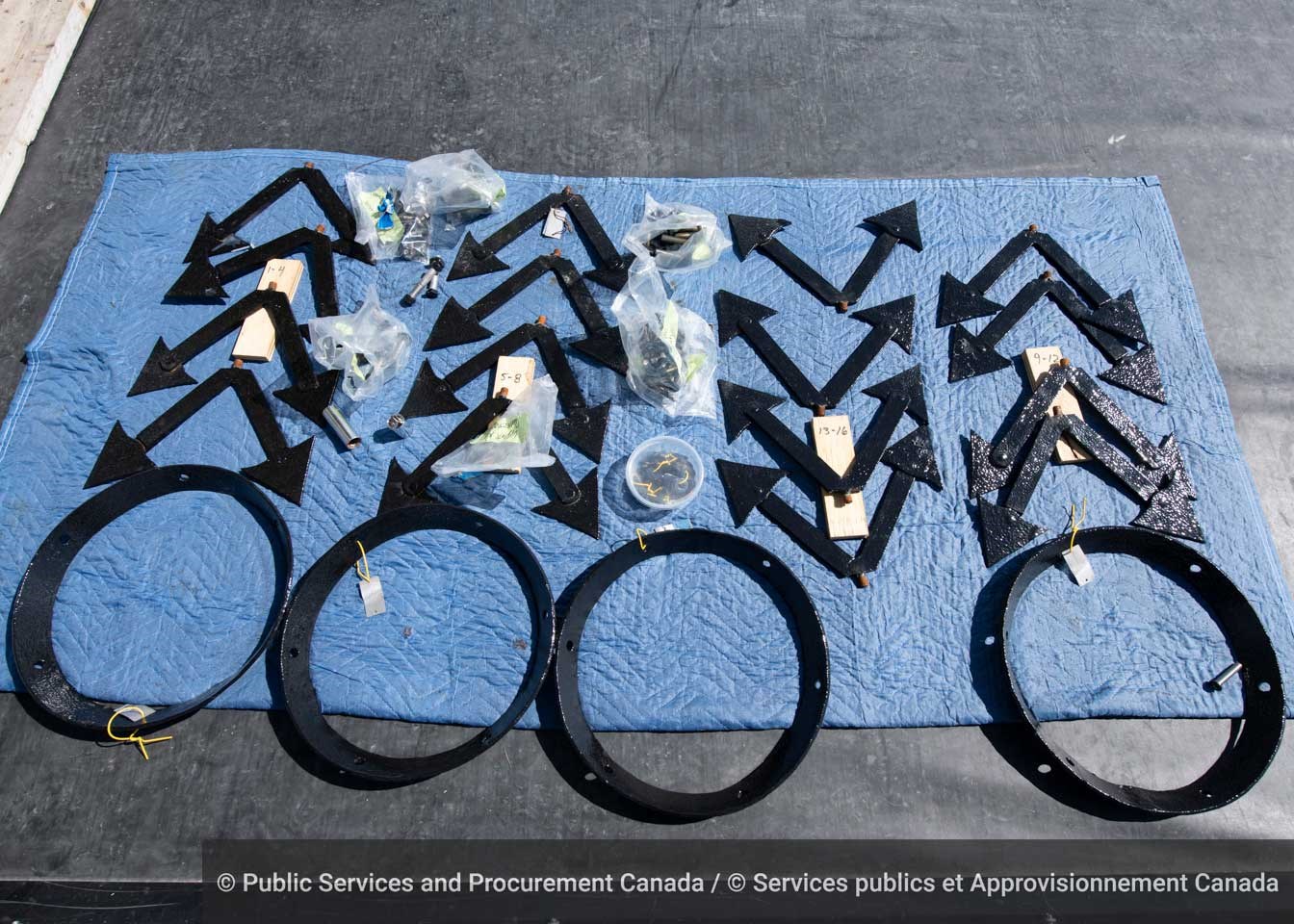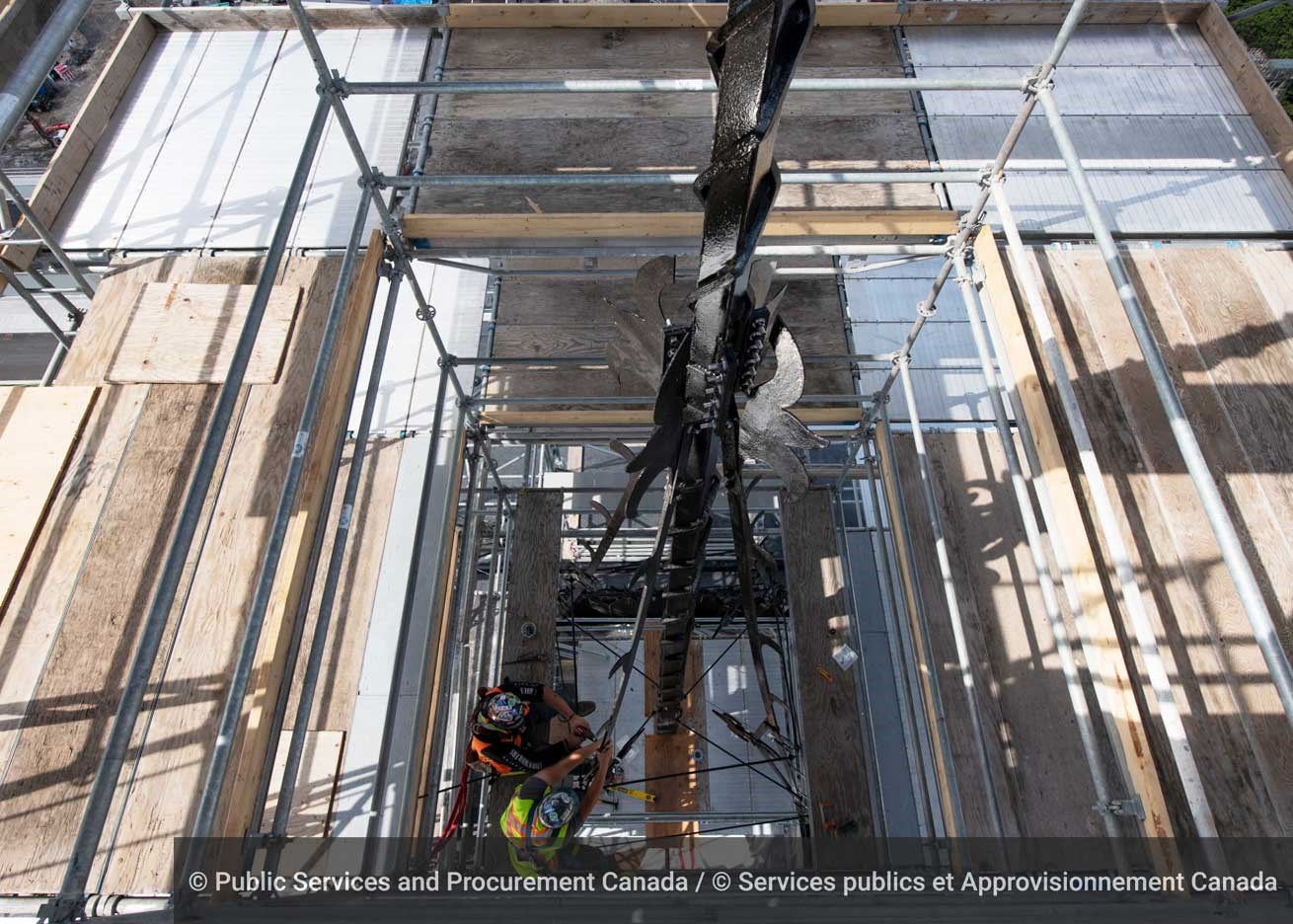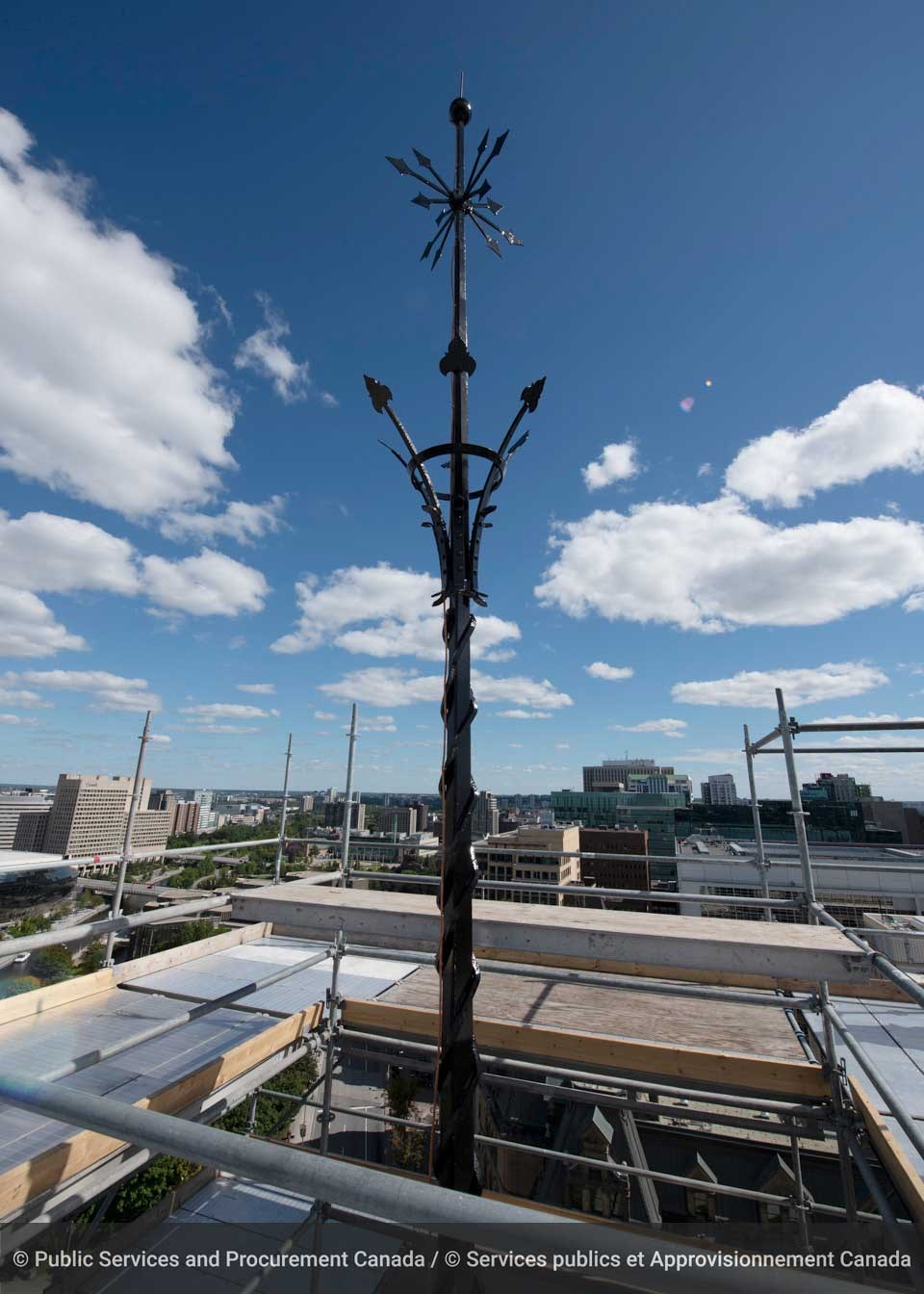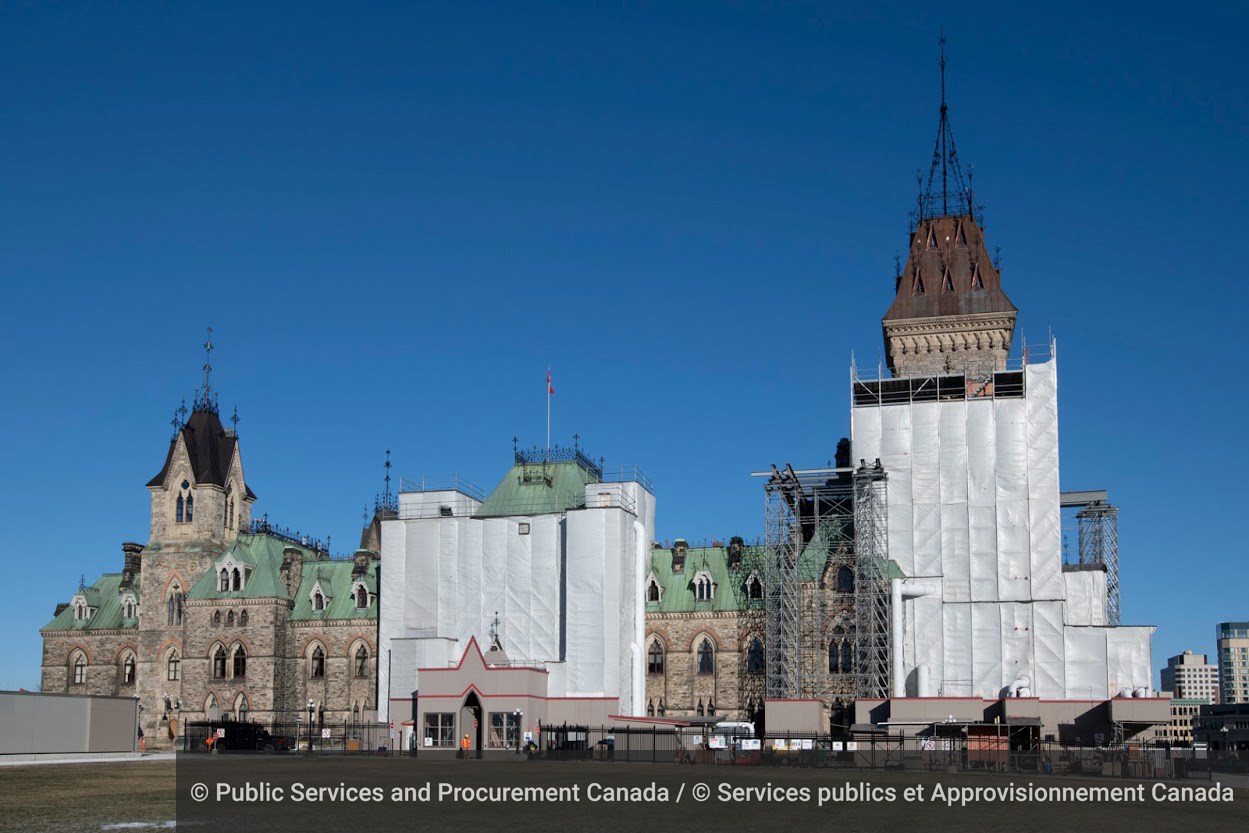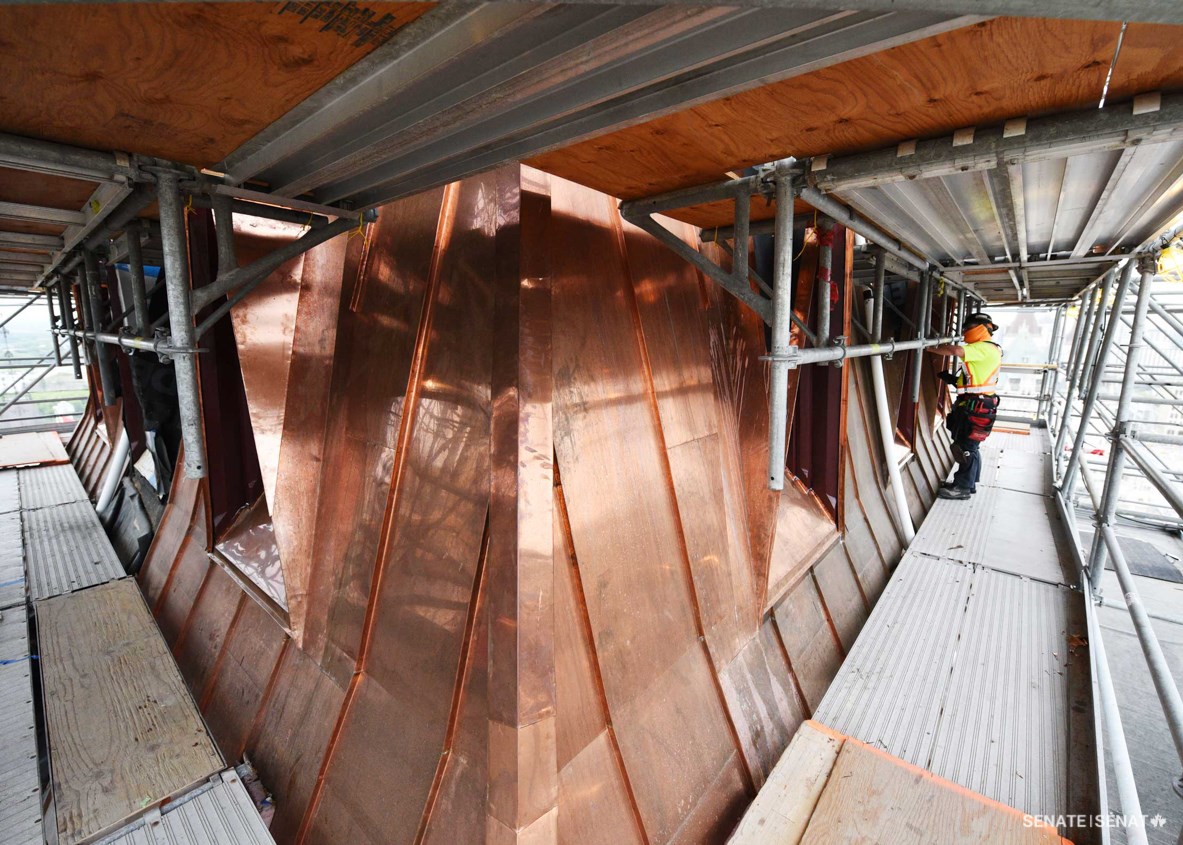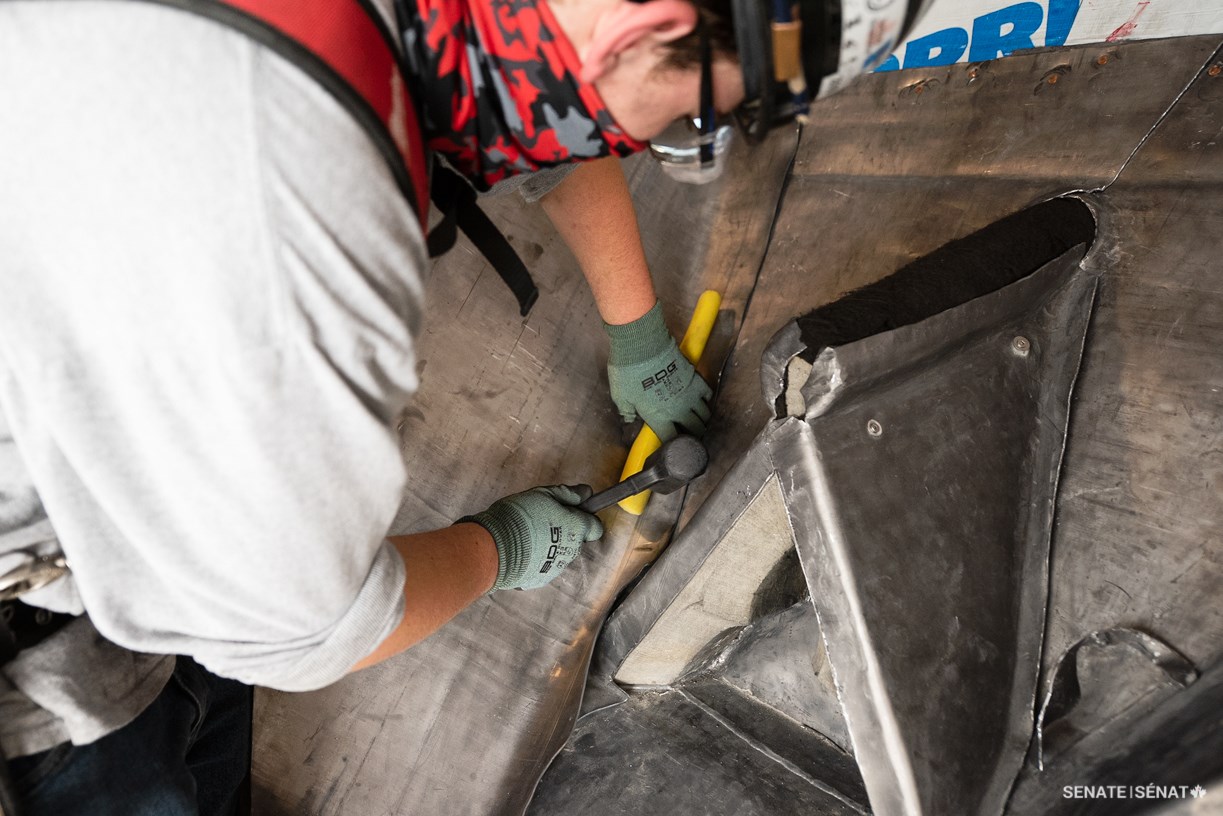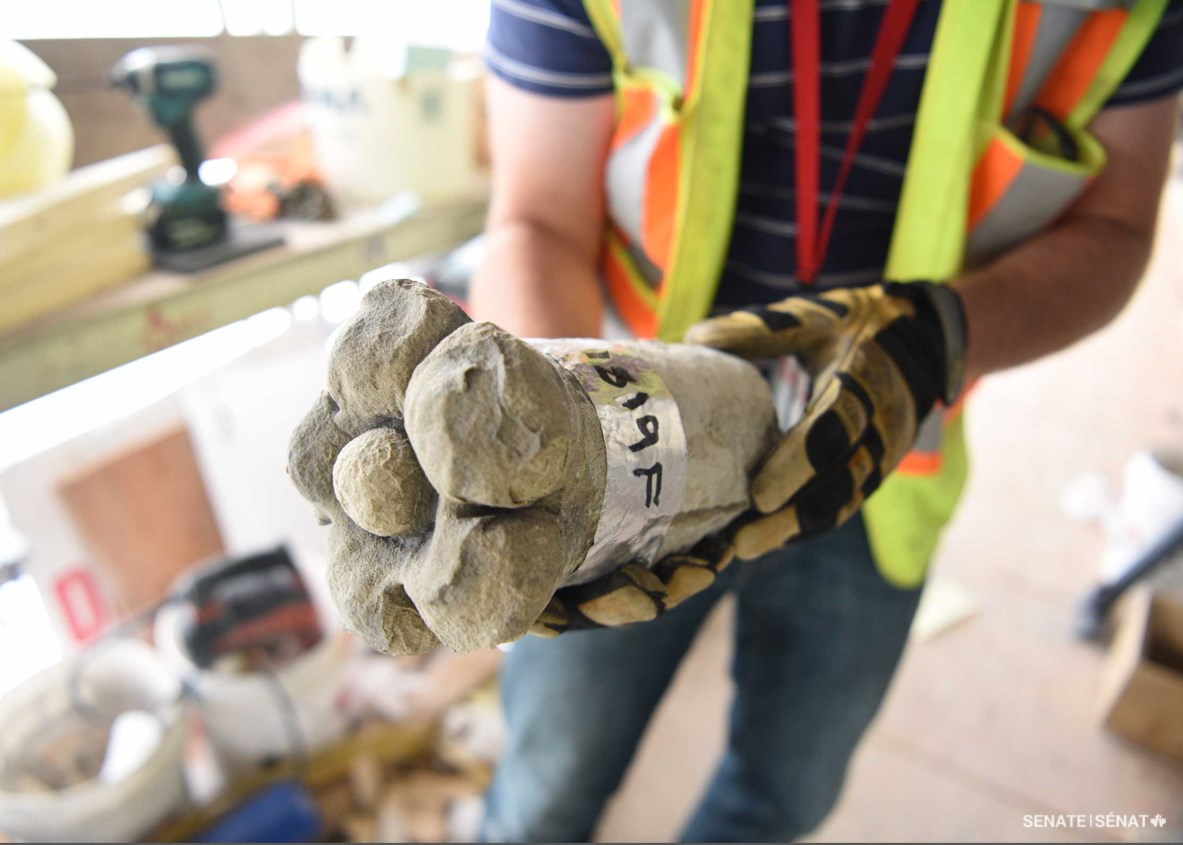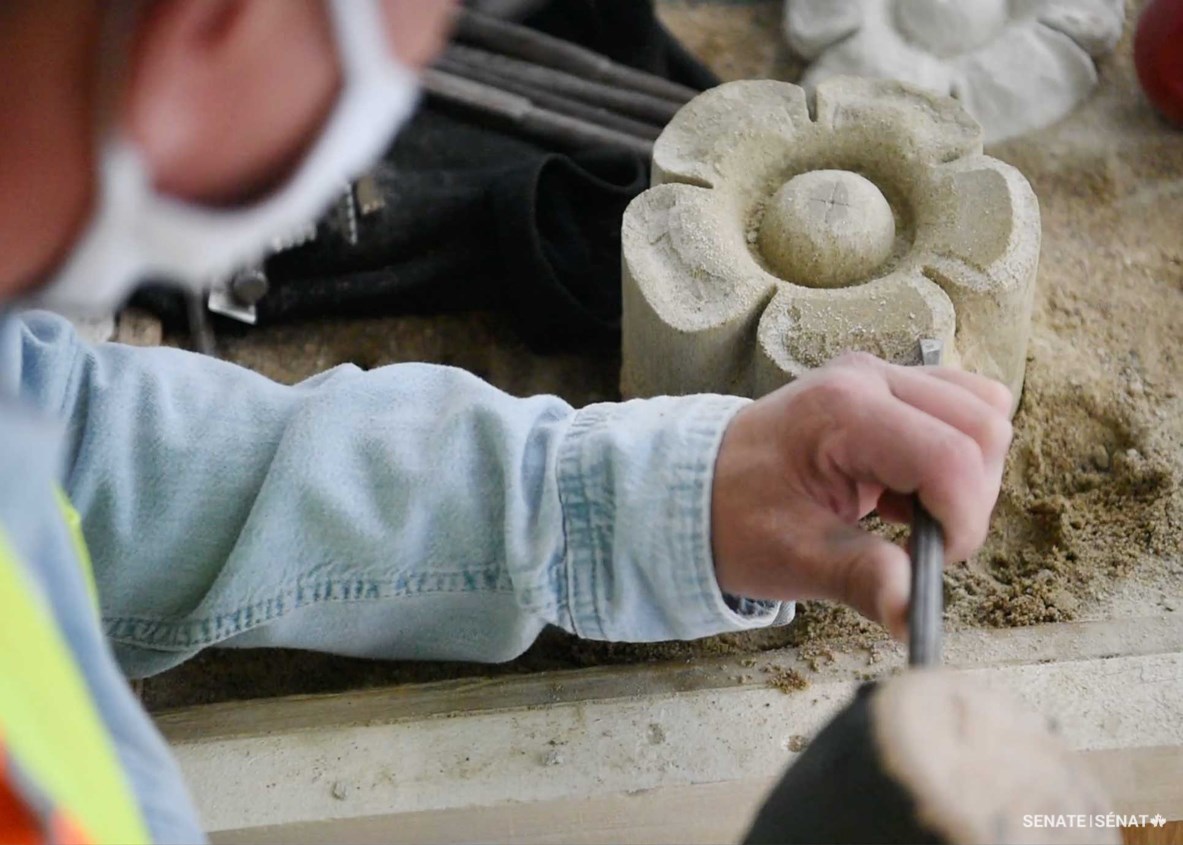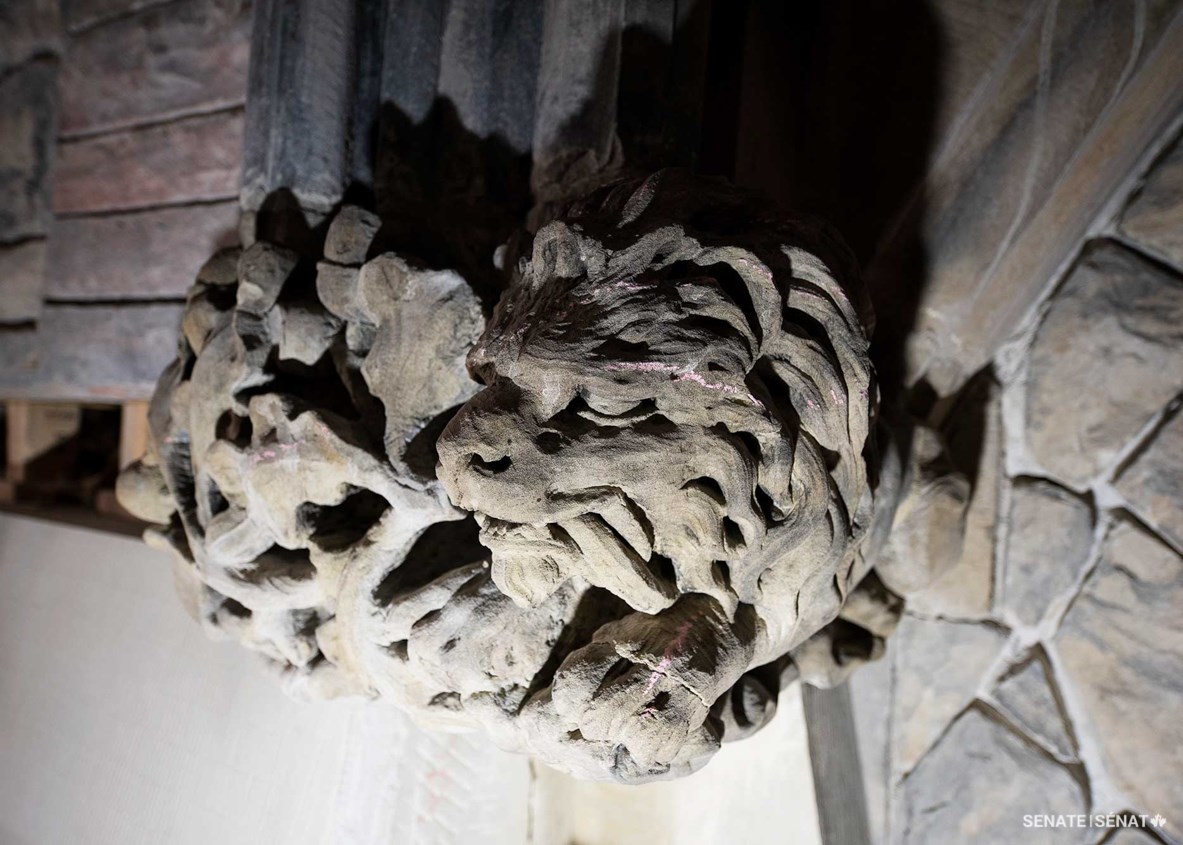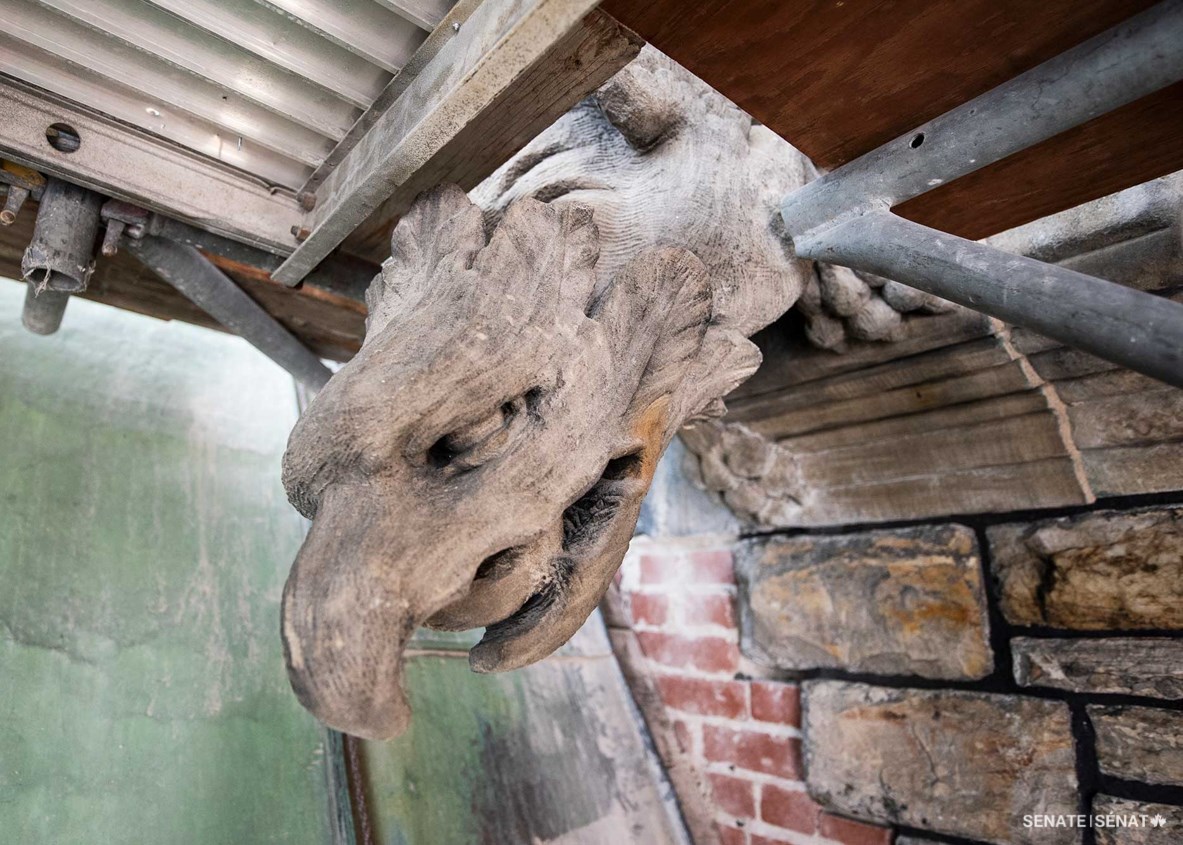IN PICTURES: Enhancing East Block, step by step

While Centre Block is the hub of restoration and construction activity on Parliament Hill right now, its eastern neighbour, known as East Block, is getting a facelift of its own.
East Block is one of two historic buildings that frame Centre Block on Parliament Hill and in normal times, it’s home to many Senate offices. However, the stone edifice is now more than 155 years old – its original construction predates Centre Block and Confederation — and it needs to be rehabilitated and modernized.
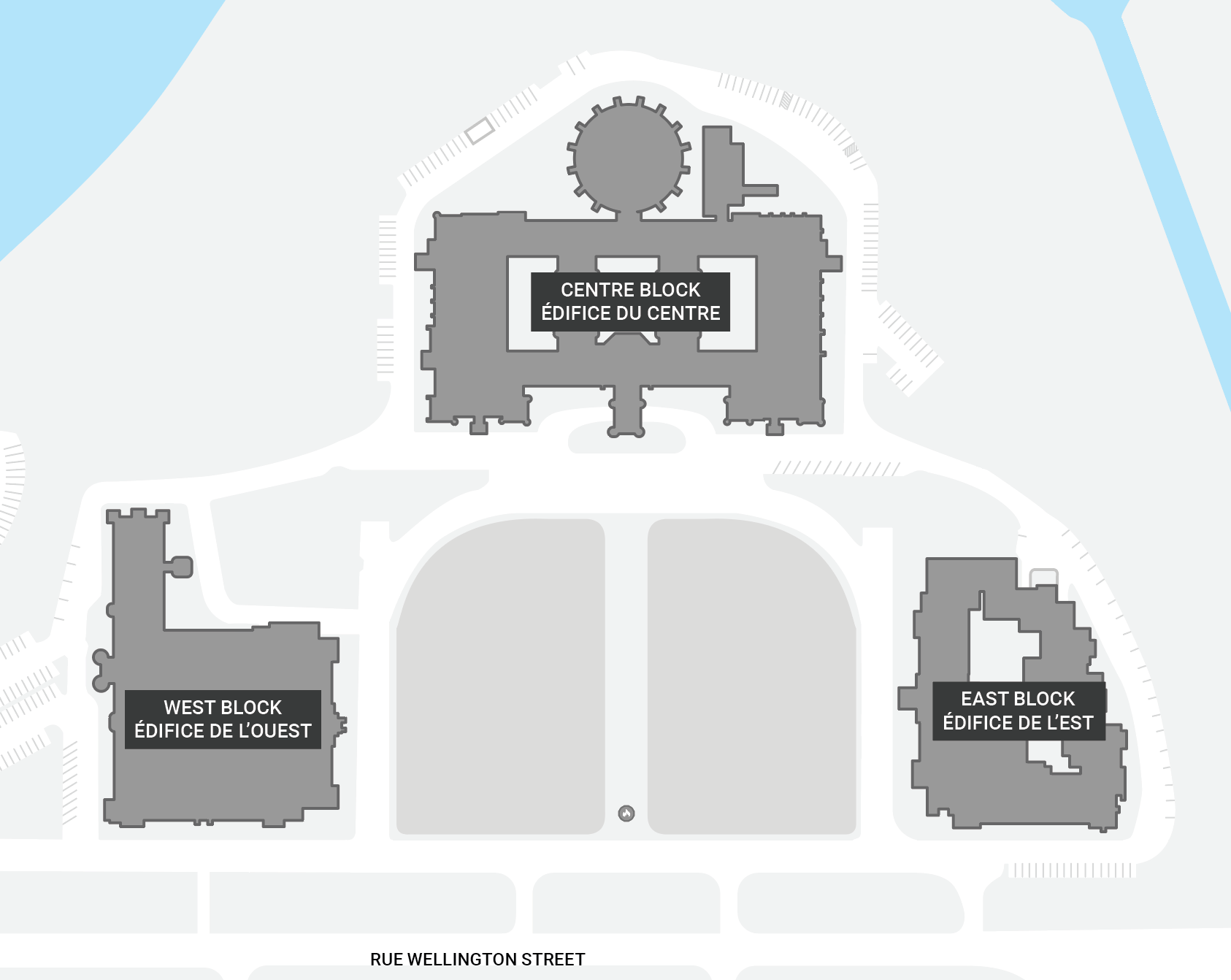
Designed by architects Thomas Stent and Augustus Lever, East Block is remarkable for its composition and craftsmanship. Boasting heavy stone masonry, pointed arches and elaborate iron ornamentation, the building is considered one of Canada’s finest surviving examples of High Victorian Gothic style architecture.
The main body of the building was built between 1859 and 1865 (although it’s commonly referred to as the 1867 wing). A second wing was later constructed on East Block’s northeast side between 1910 and 1913, creating an enclosed courtyard.
East Block’s major rehabilitation is rolling out in two phases, the first of which is focused entirely on its exterior. Great care is being taken to preserve the building’s magnificent heritage features while reinforcing its structural integrity for decades to come.
Scheduled to be completed in 2022, the first phase includes sculpture and masonry repairs to two of East Block’s entrances and to its southwest and southeast towers. Sections of the copper roofing are also getting replaced and specialized conservators are safeguarding the building’s ornamental ironwork, stained glass and exterior doors.
The second phase of work will involve the interior rehabilitation of East Block.
Keep scrolling for a behind-the-scenes look at the restoration work underway so far.
